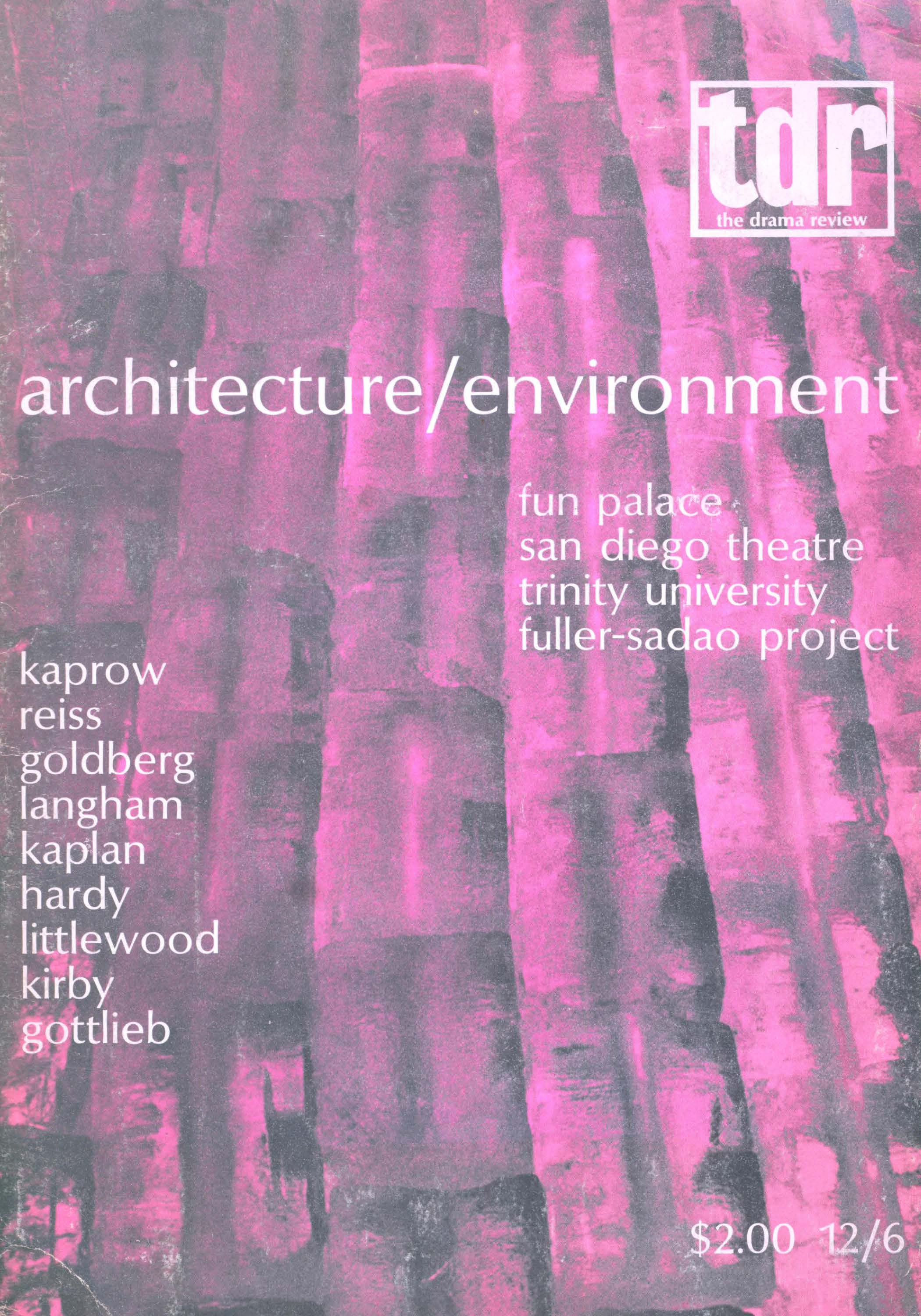No CrossRef data available.
Article contents
Father's Day: In Search of 6 Characters in Search of an Author
Published online by Cambridge University Press: 07 December 2021
Extract
A man has a wife and a male child. He also has a male secretary. Between the wife and the secretary there arises what the husband considers an understanding of a harmless sort. He wants to help them in some way, but whenever he speaks to them they exchange a significant look that seems to ask how they should receive what he says if they are not to annoy him. But this itself annoys him. He ends up firing the secretary. Then he sends the wife after him. In the wife's view, he fairly throws her into the secretary's arms; and the pair set up house together. The husband, however, does not lose interest in the wife. His continued interest, indeed, though he considers it “pure” (that is: asexual) is a source of embarrassment to the former secretary.
- Type
- Research Article
- Information
- Copyright
- Copyright © 1968 ERIC BENTLEY
References
1 The evidence for this is in two short stories, “La tragedia d'un personaggio” (1911) and “Colloqui coi personaggi” (1915), in a letter to his son Stefano dated 1917, and in a passage (undated) from a projected novel-in-the-making cited in the sixth volume of the collected works (1960). This last-named passage is about Madama Pace's establishment, and suggests the possibility that it was with this image that Six Characters began—a tempting point in the light of the interpretation of the play offered above. The letter to Stefano is also cited to this extent in the sixth volume of the collected works: “…But I already have my head full of novelties! So many short stories…And a queer thing, so sad, so very sad: Six Characters in Search of an Author: novel-in-the-making. Maybe you understand. Six characters, caught in a terrible drama, who visit me, hoping to get themselves put into a novel. An obsession. And I don't want to know about it. I tell them it's no use. What do I care about them? What I do I care about anything? And they show me all their sores. And I send them packing…—and in this way finally the novel-in-the-making turns out to be made.”Incidentally, in the projected novel-in-the-making, Madama Pace's shop did have a precise location: Rome.
2 See letter to Fliess dated May 2, 1897, and the accompanying note. Also The Interpretation of Dreams, translated by James Strachey, Basic Books edition, p. 491.
3 “A psychoanalytic study of Pirandello's Six Characters in Search of an Author,” by Charles Kligerman, Journal of the American Psychoanalytic Association, October 1962.
4 I should perhaps say Section One, as the Italian editions have no act divisions. But many Americans know the play from a translation that names the sections Acts.
5 The Politics of Experience, by R. D. Laing. New York: Pantheon Books. 1967.
6 The Theory of Mind as Pure Act. New York: Macmillan, 1922.
7 La giara e altre novelle, a cura di Giuseppe Lanza. Milano: Mondadori, 1965, page 15.
8 The Italian original reads: “una commedia de fare.” In the translation most widely read in America, this has been rendered: “a comedy in the making.” But in Italian, as in French, a “commedia” (comédie) is not necessarily comic, and the word should often be translated as a “play.” (That the story of the six should turn out comic is out of the question.) Secondly, if the phrase “in the making” suggests, as I think it does, that there are the makings of a play in this material (which is the opposite of what Pirandello is saying) then it is a mistranslation of “da fare,” which means, literally, “to make,” and, less literally, “to be made,” “yet to be made,” “not yet made.” Incidentally, “in the making” cited above from Giovanni Gentile does not translate “da fare.” Gentile's original reads: “Vero è quel che si fa,” which would be rendered literally: “True is that which is done.”
9 Originally quoted by Pirandello himself in a more fulsome form (Revue de Paris, 15 July, 1925). When Mr. Frederick May brought this quotation to Shaw's attention, the latter replied: “I have no recollection of the extravagant dictum you quote: but I rank P. as first rate among playwrights, and have never come across a play so original as Six Chracters [sic]” (The Shavian, February, 1964).
All quotations from Six Characters are from a new English version of my own, so far unpublished and unproduced.


